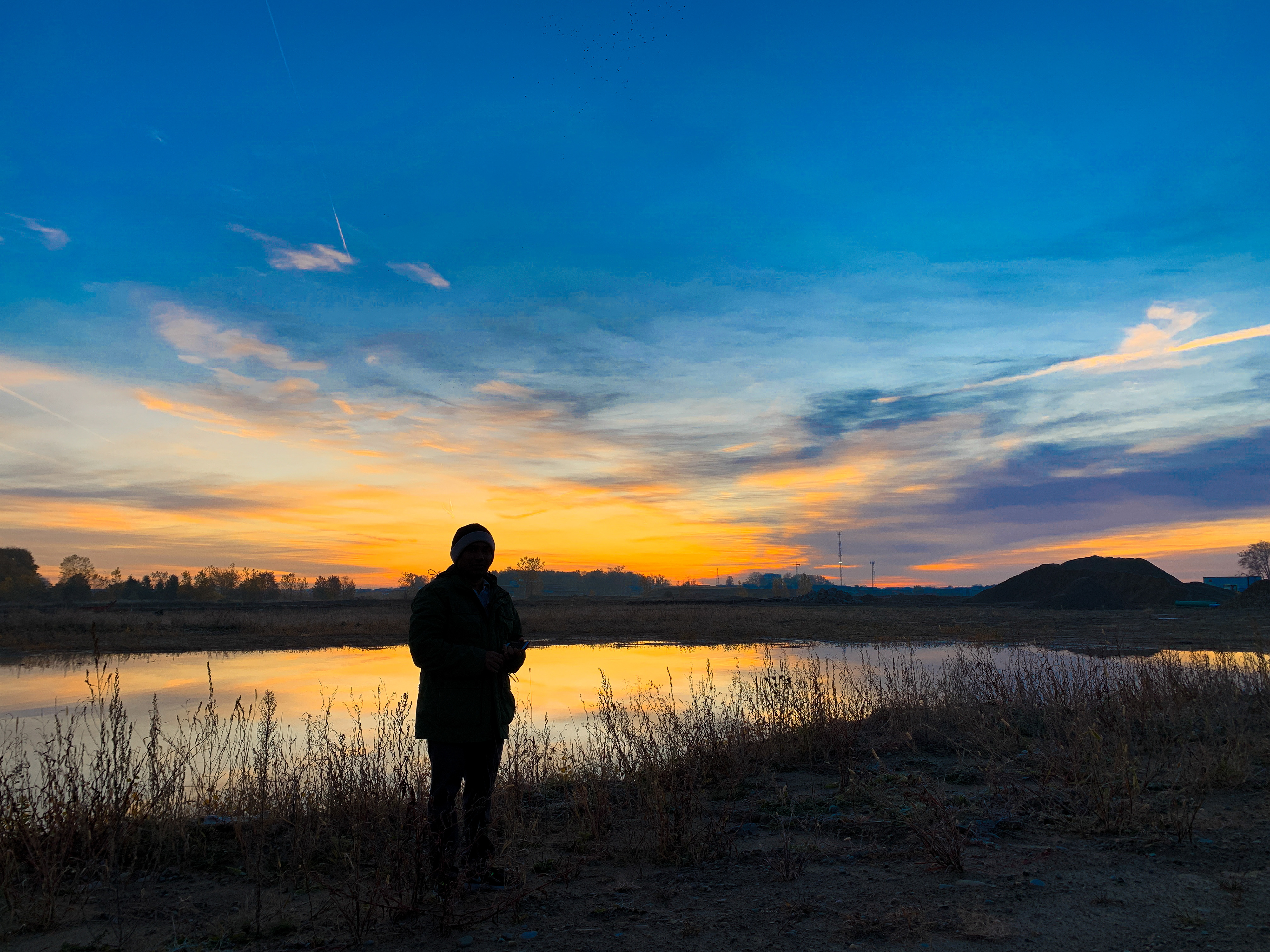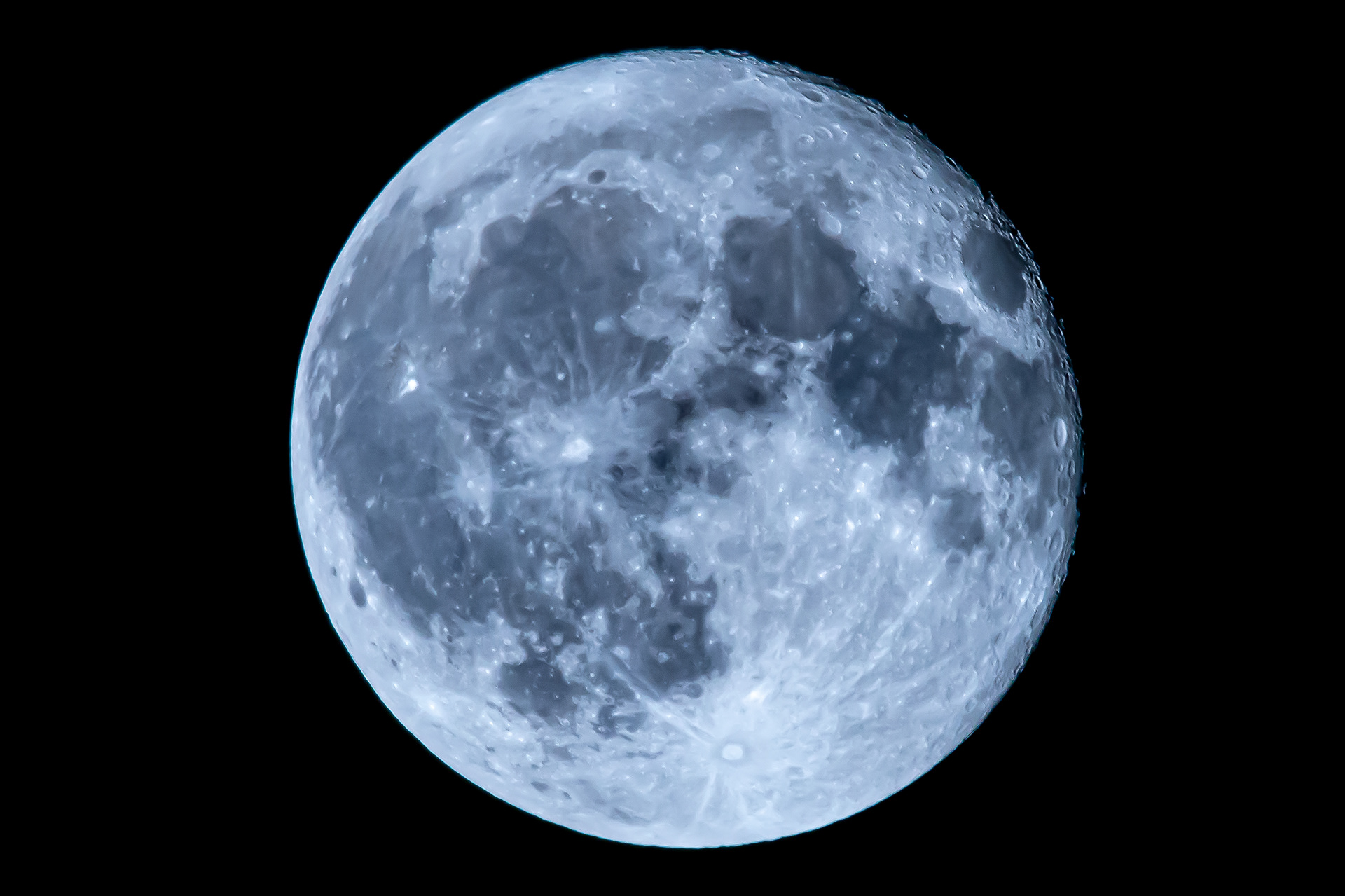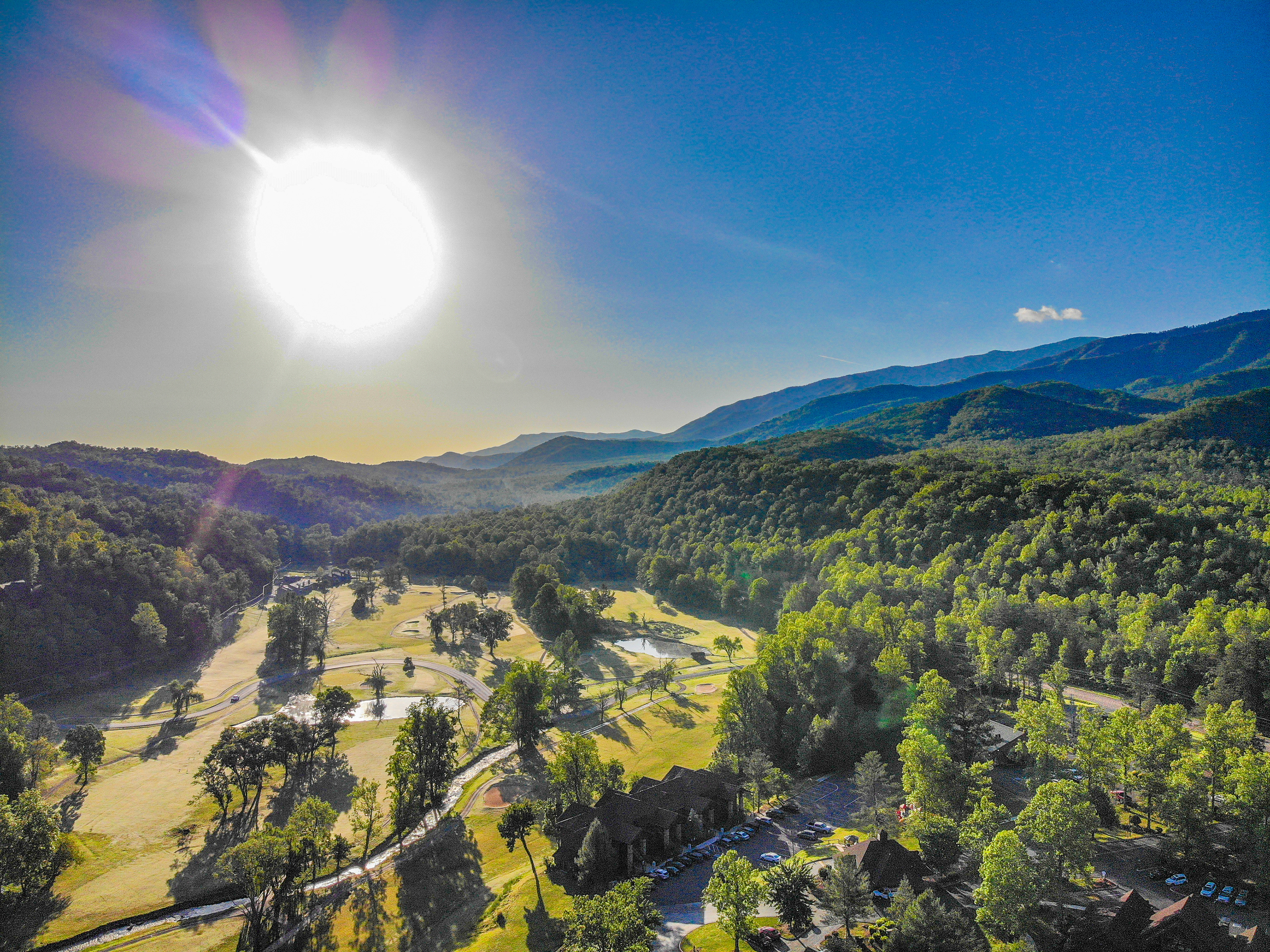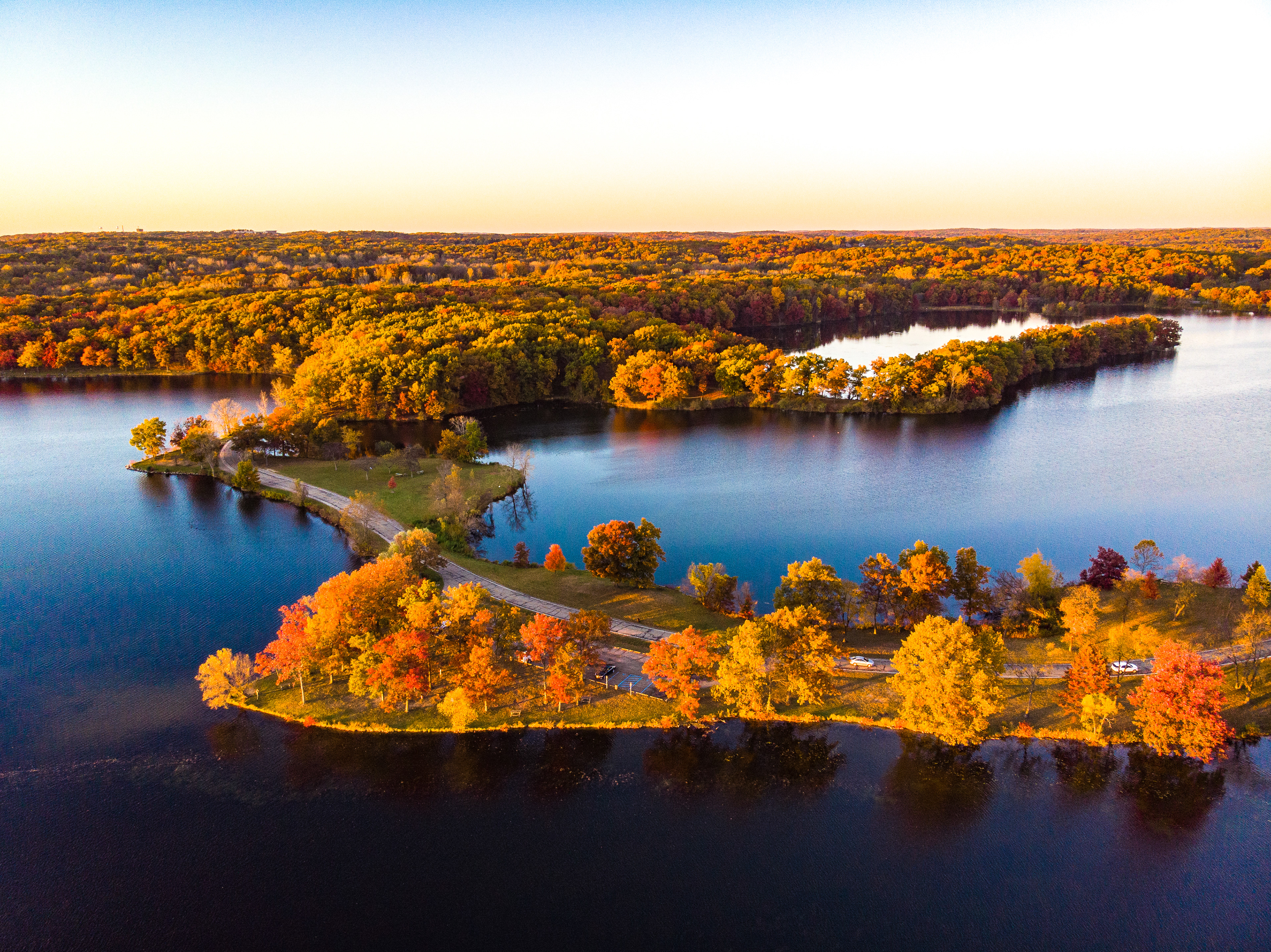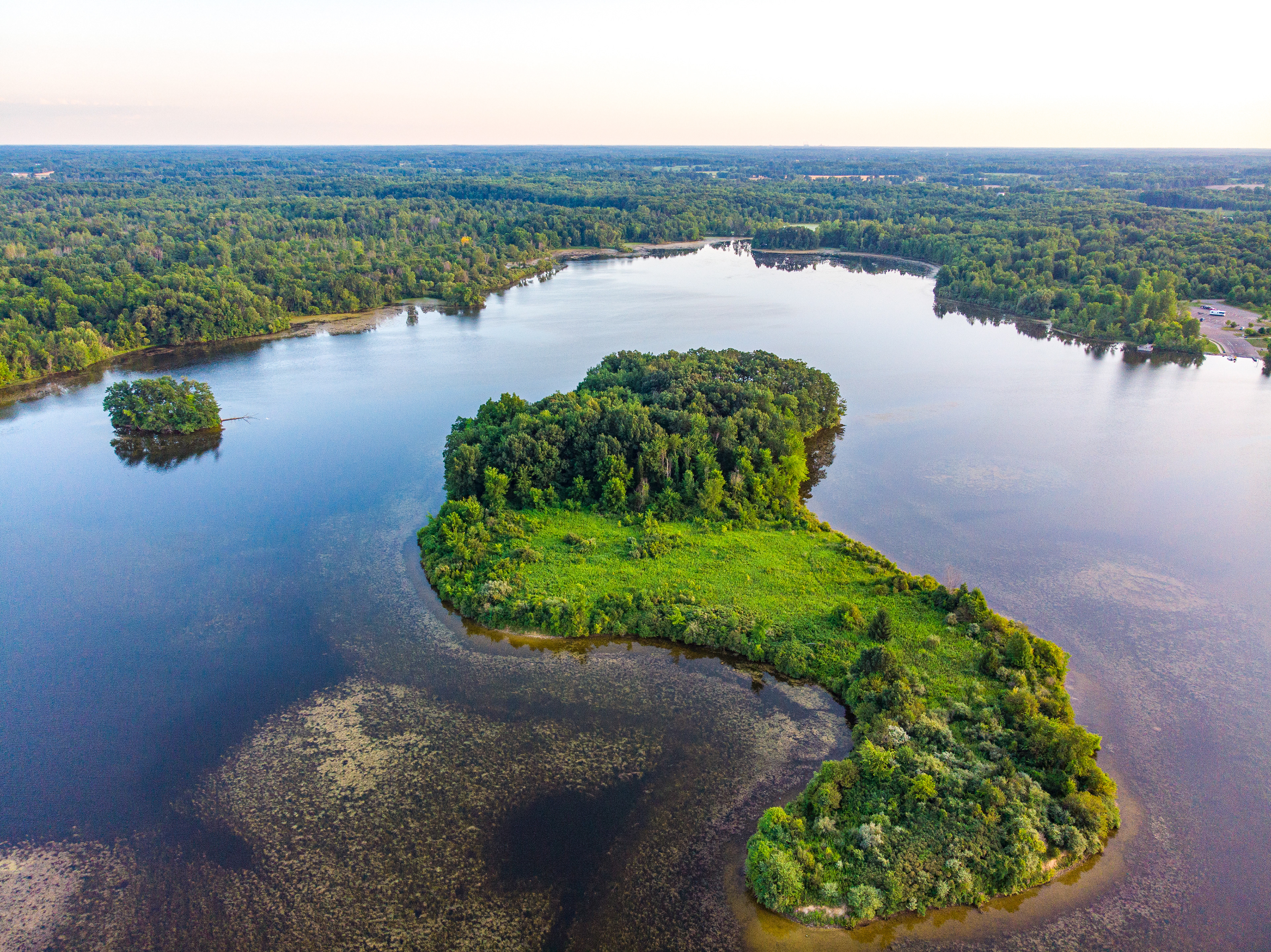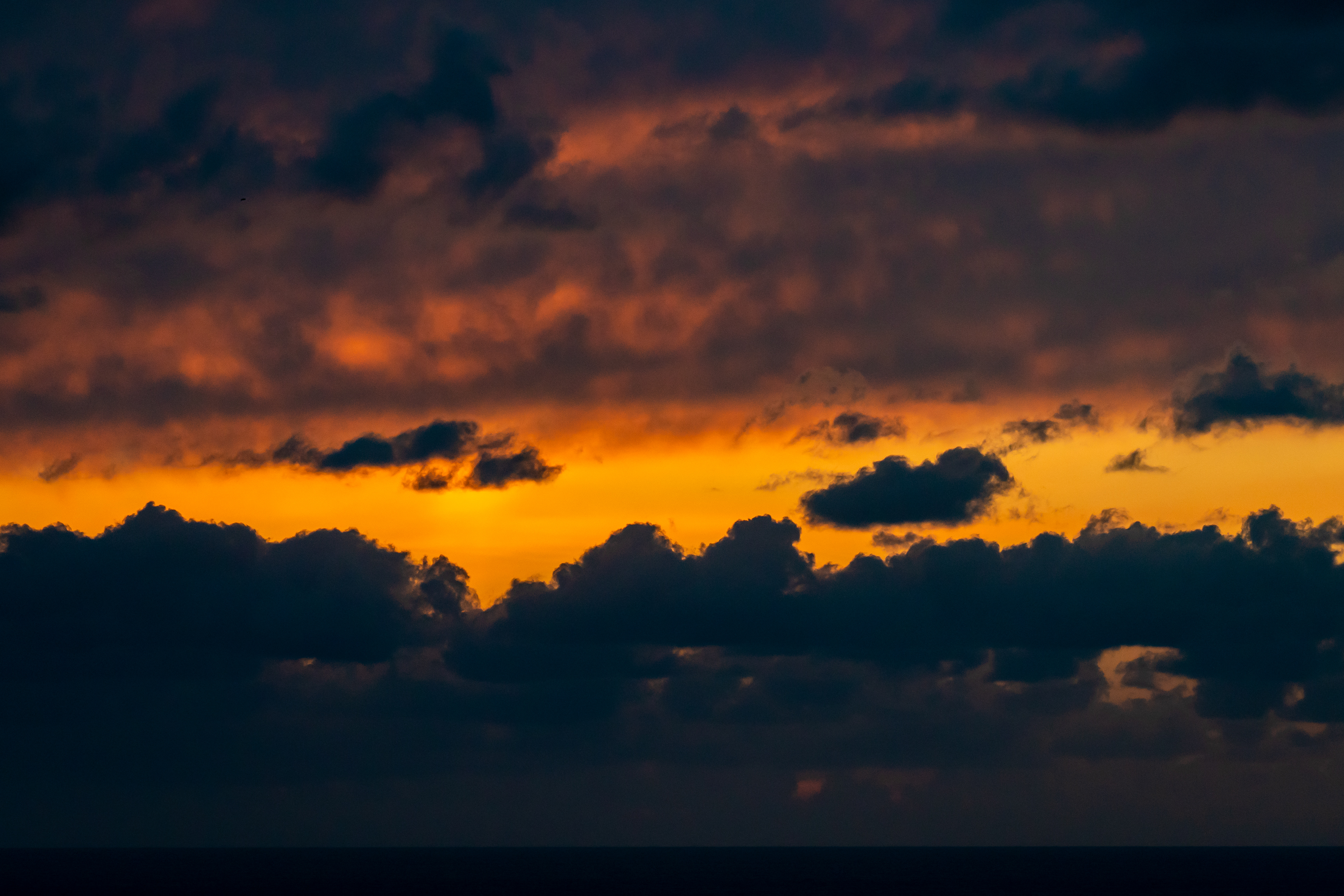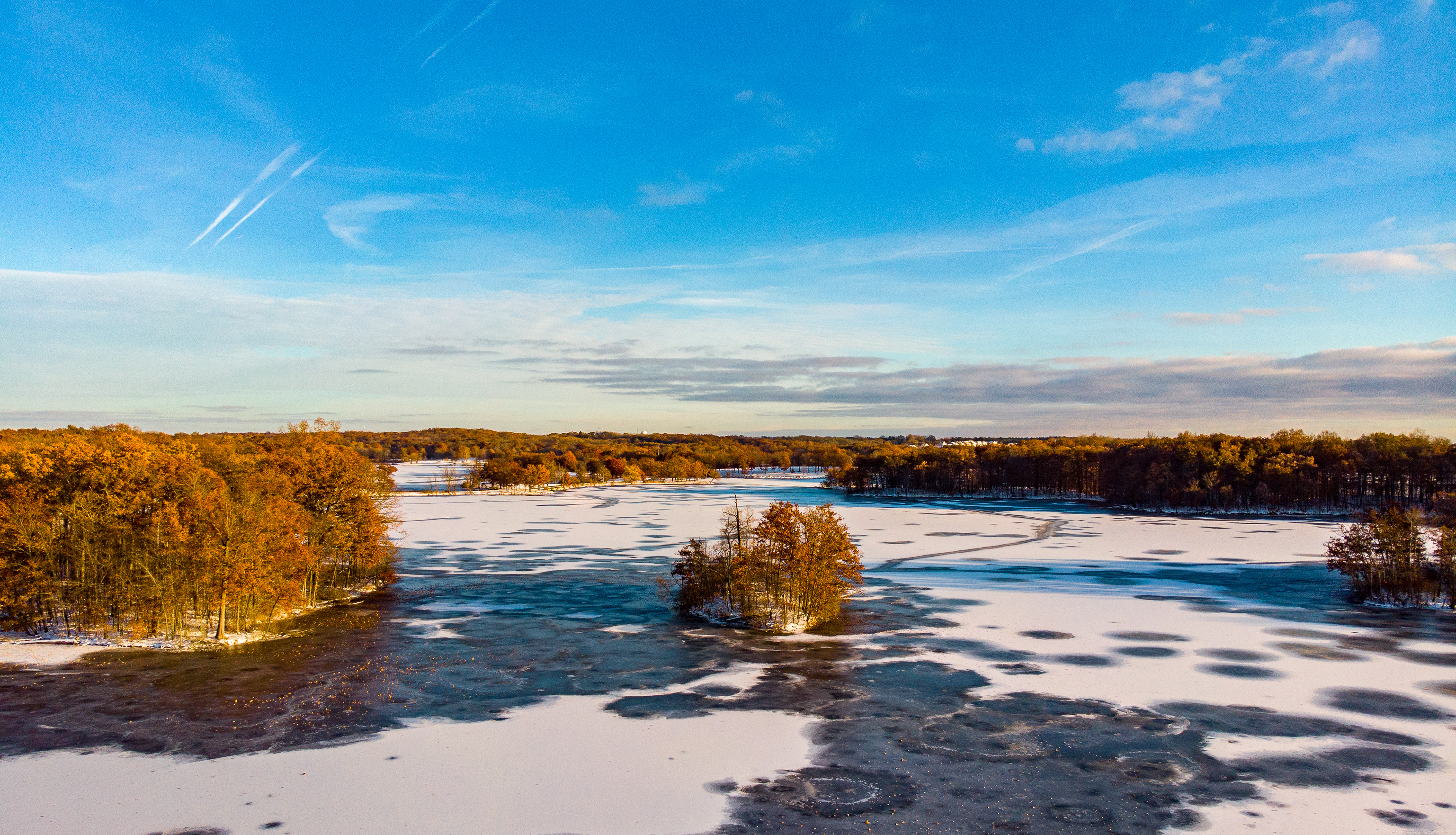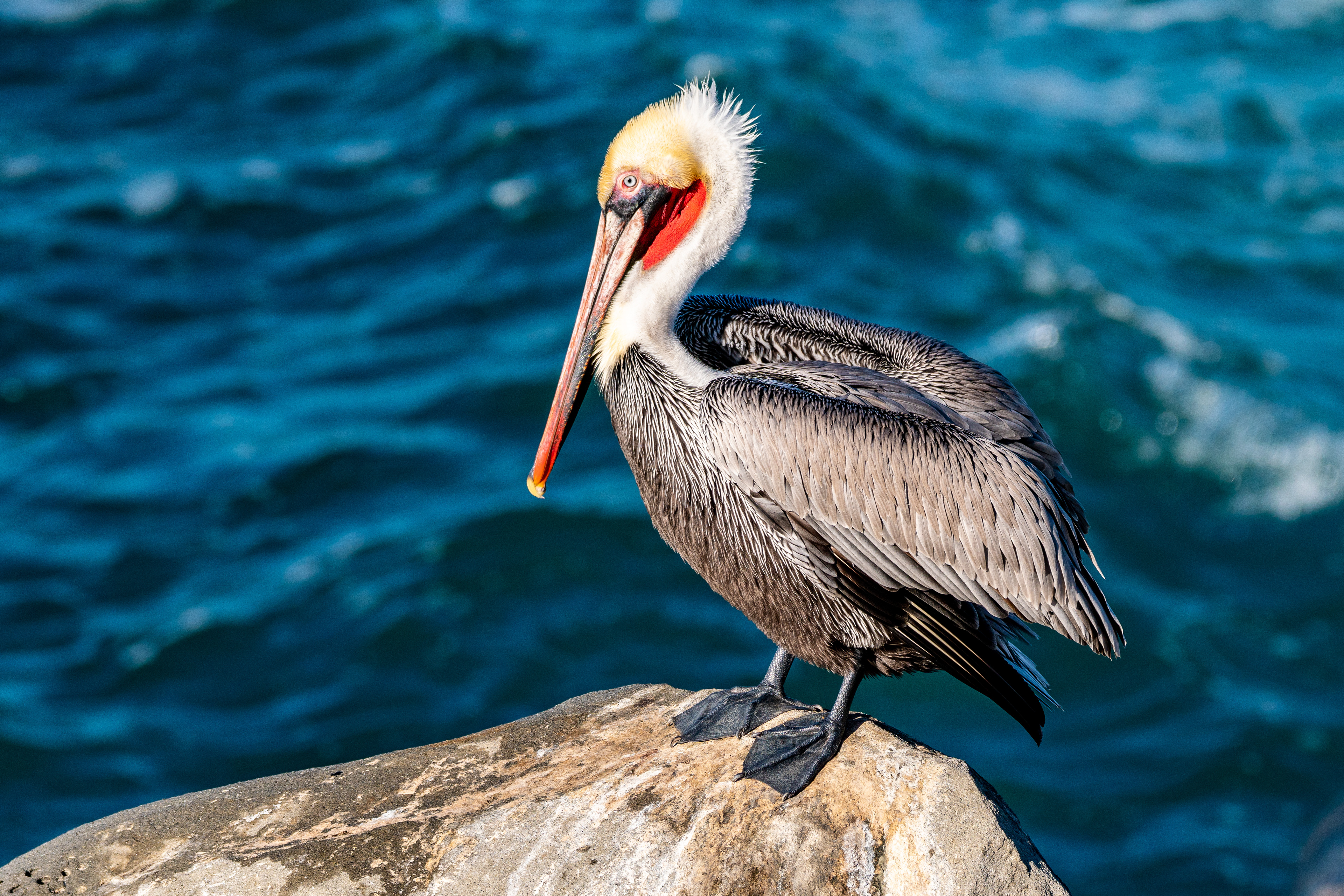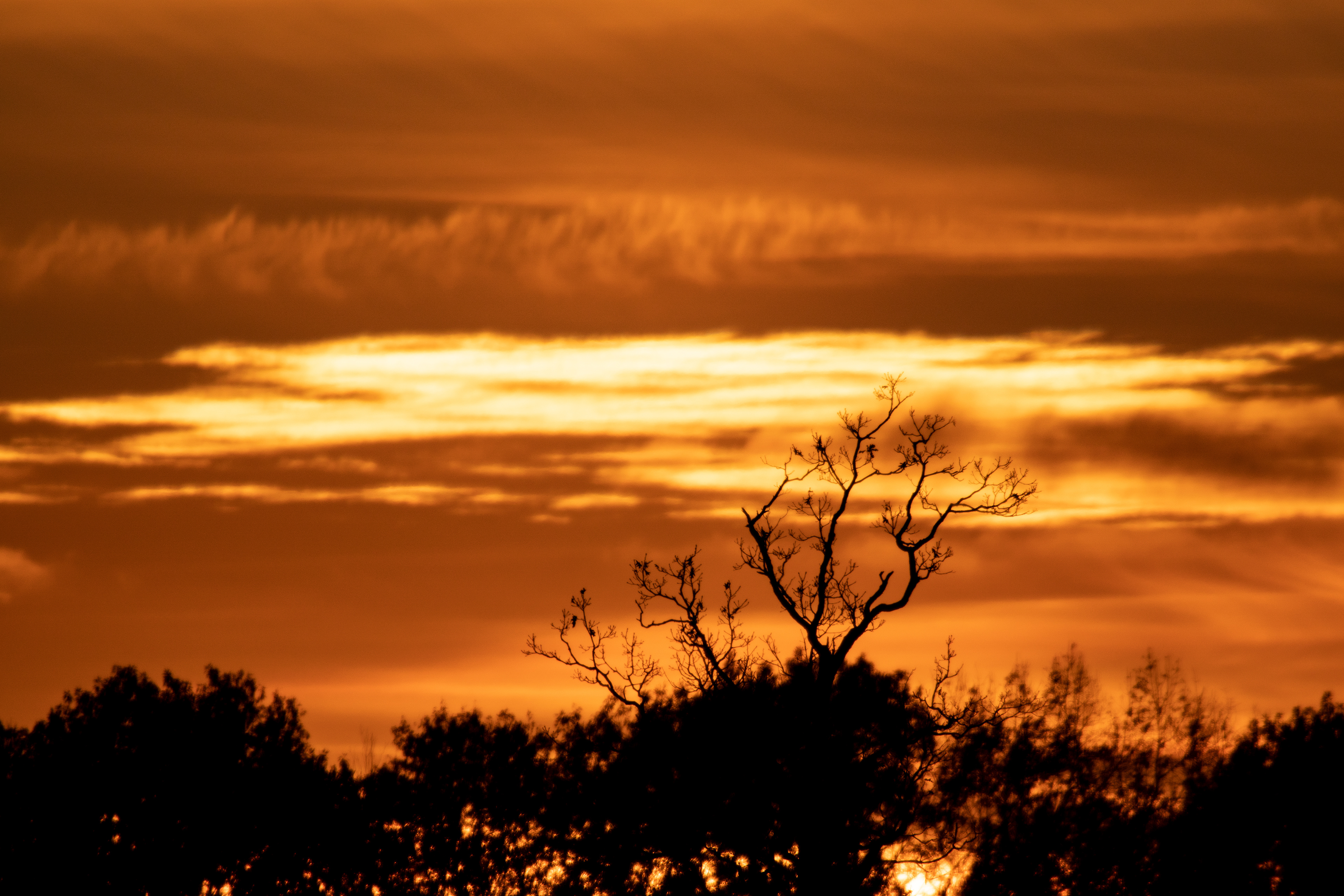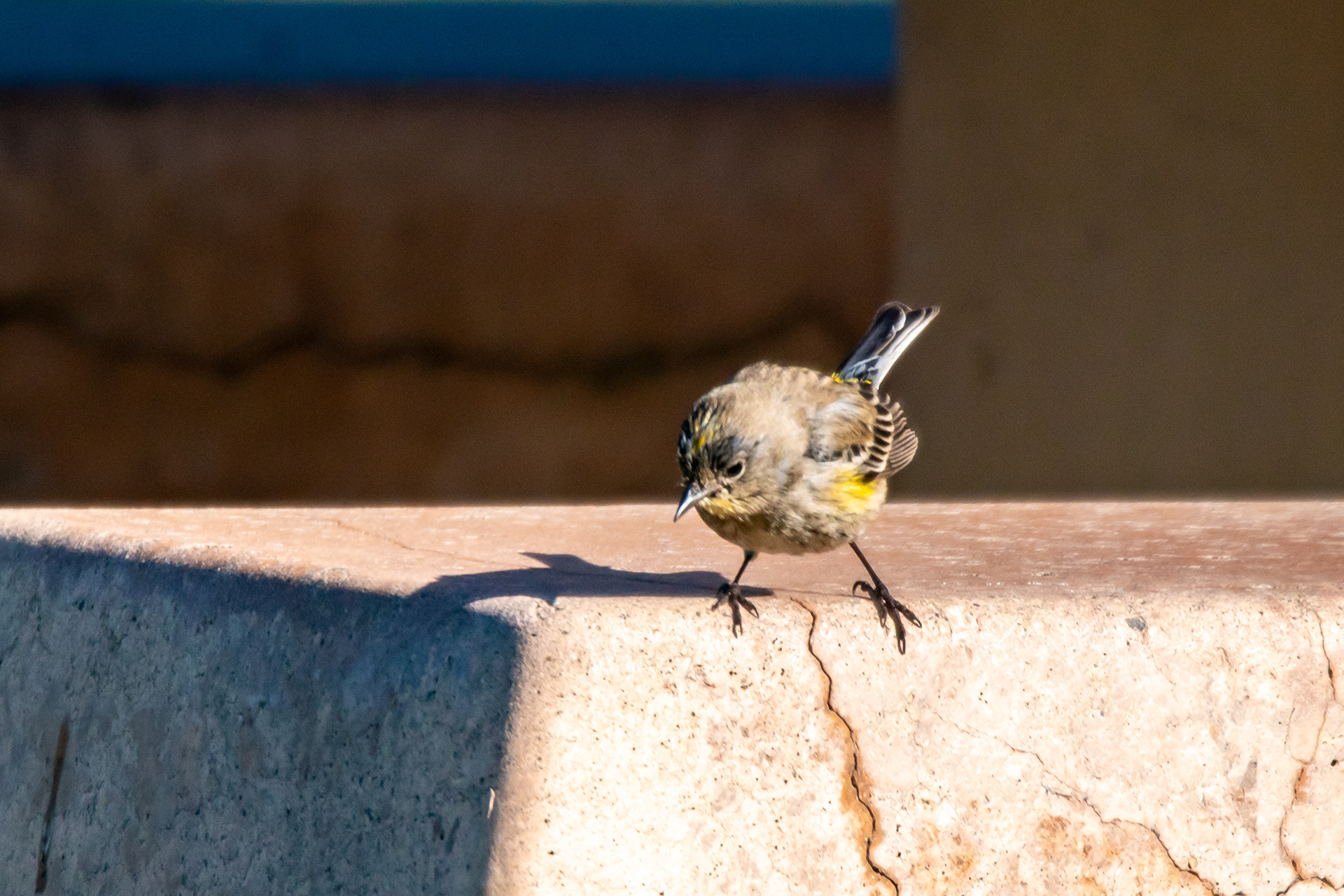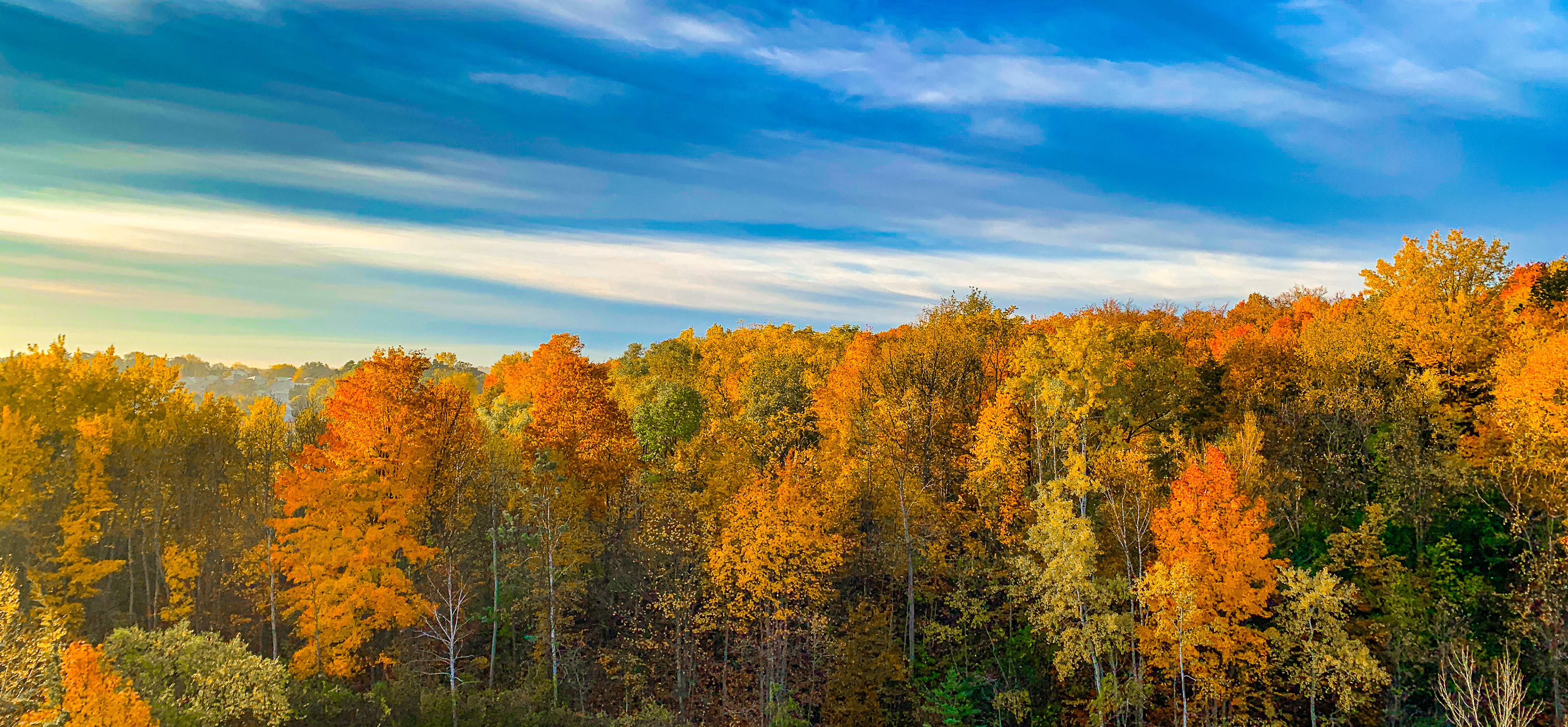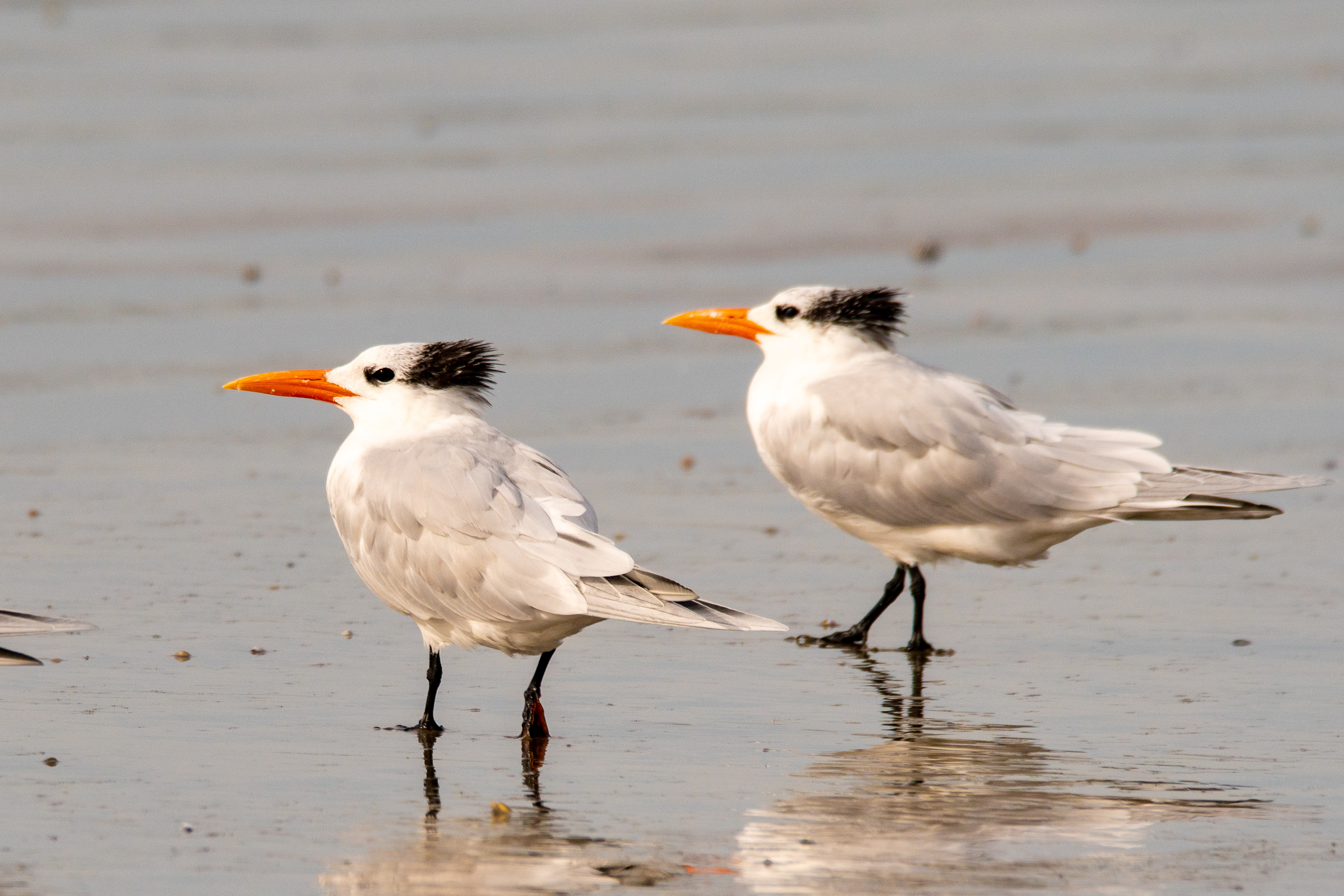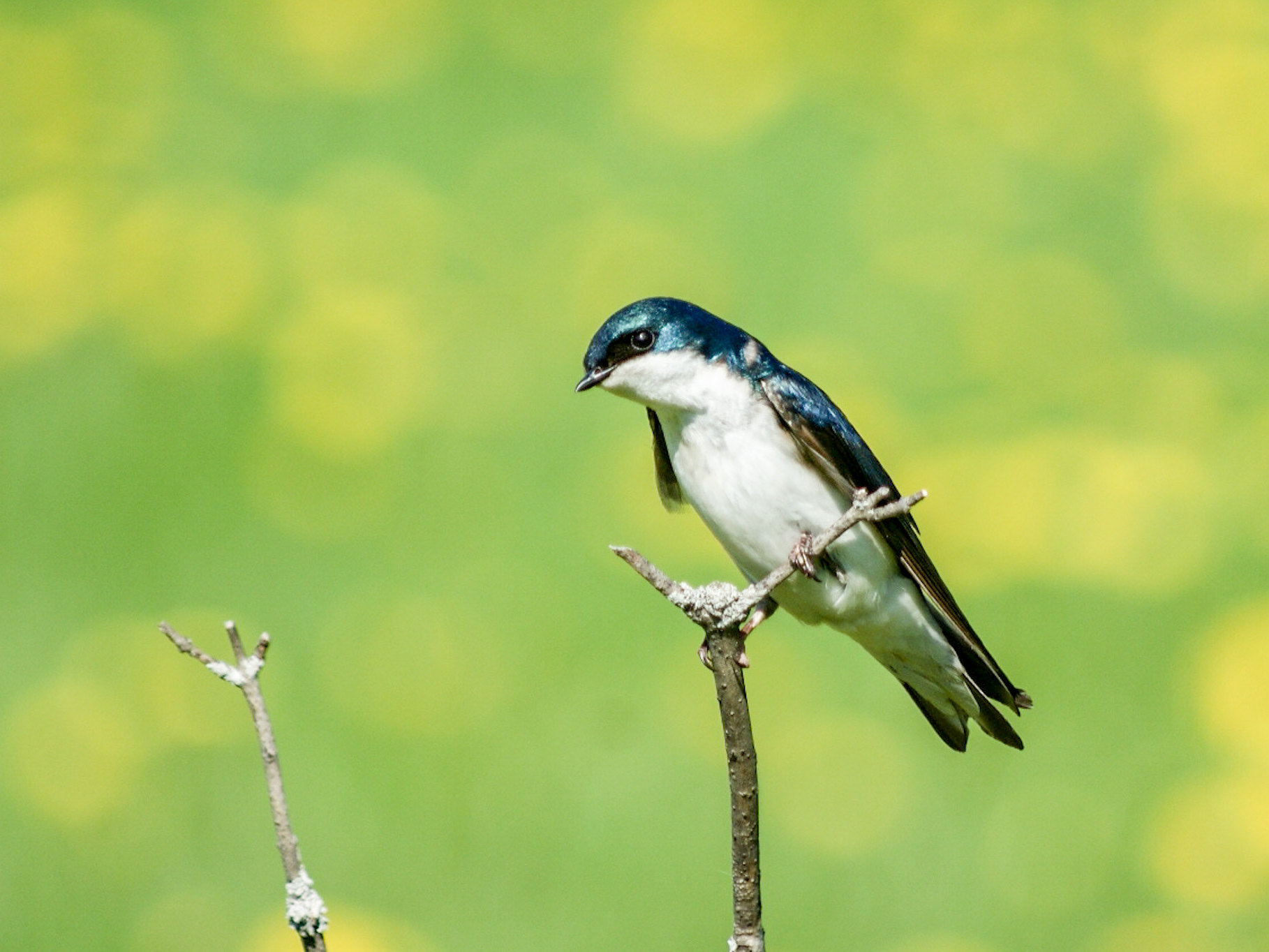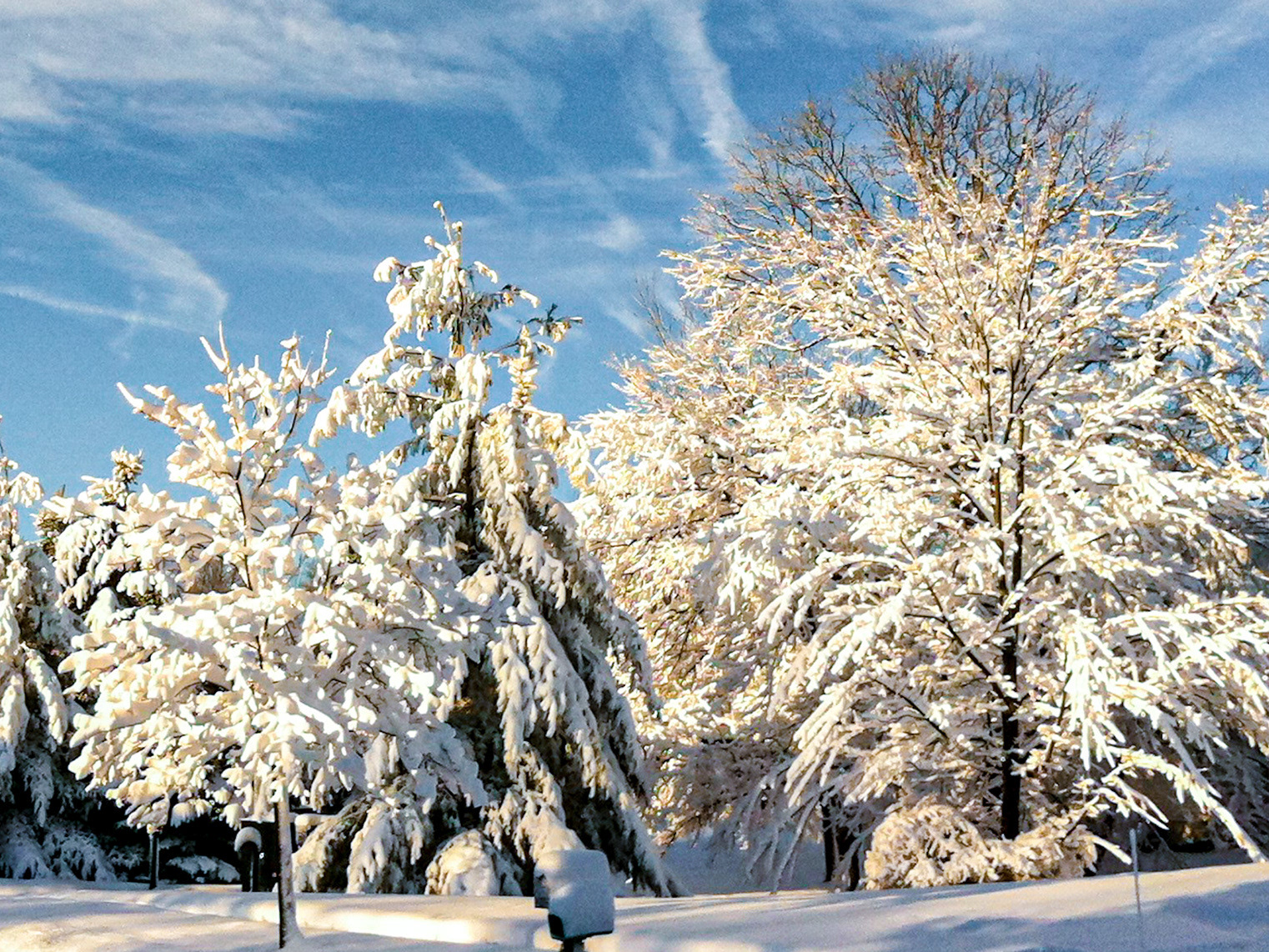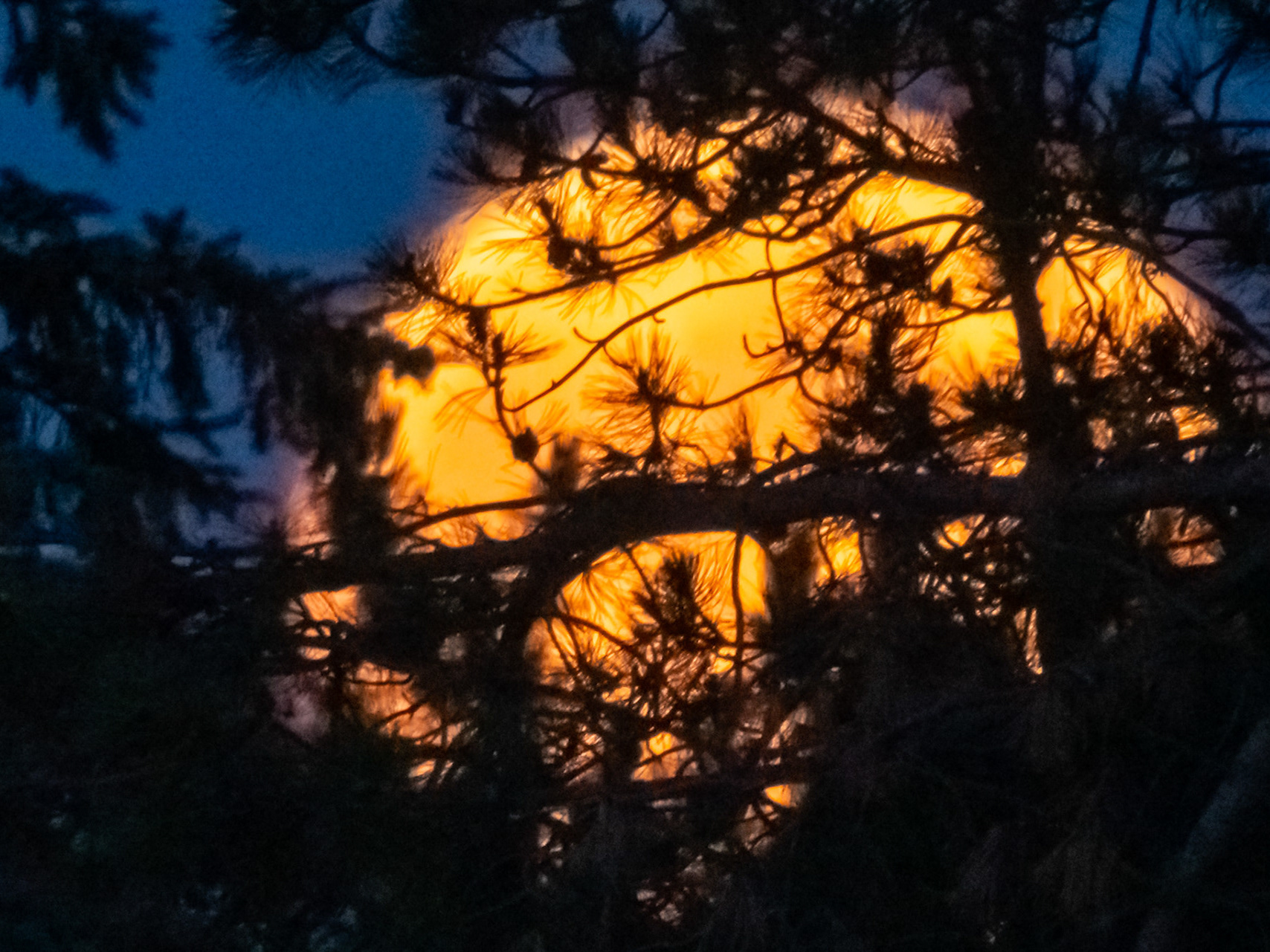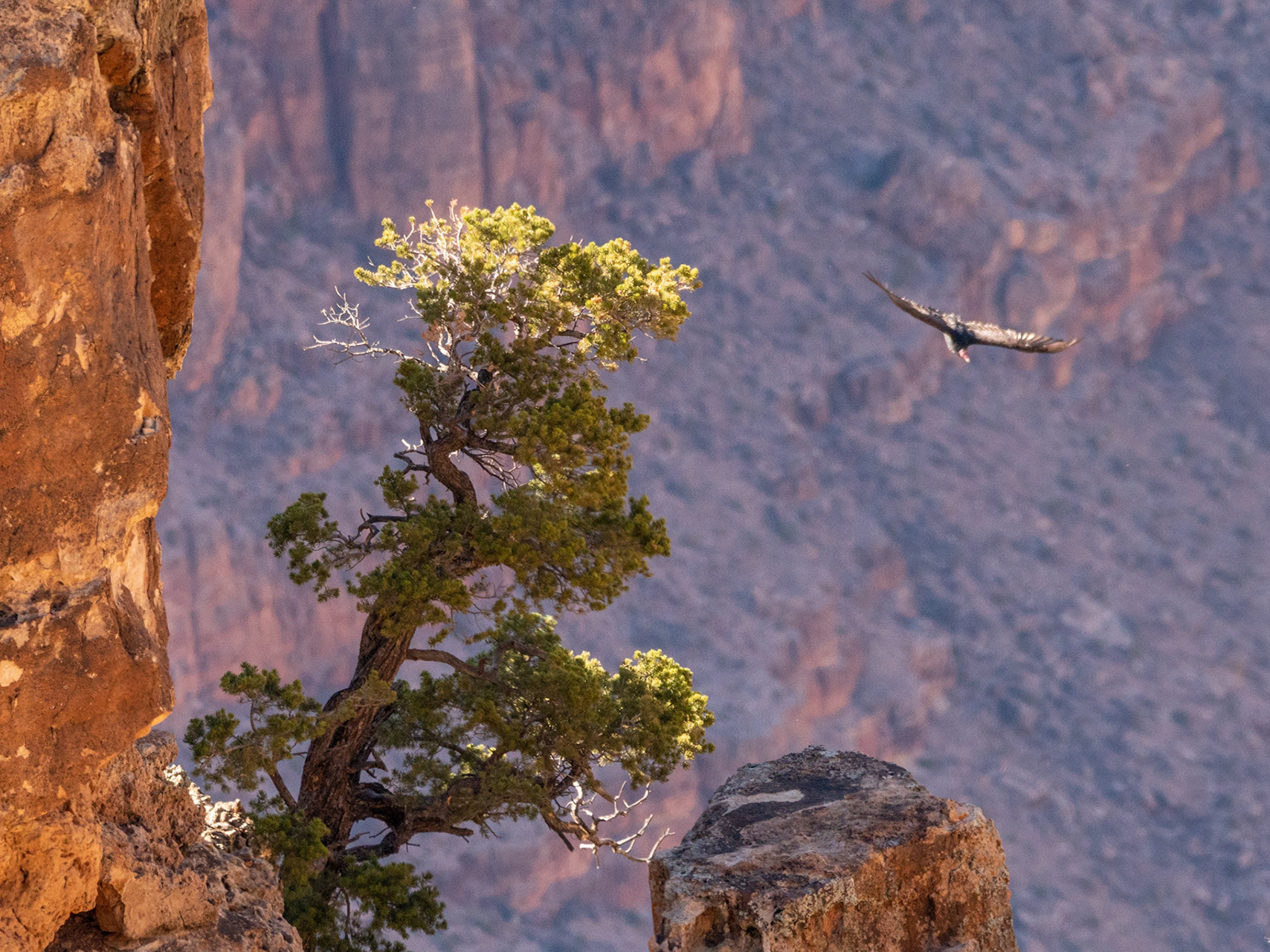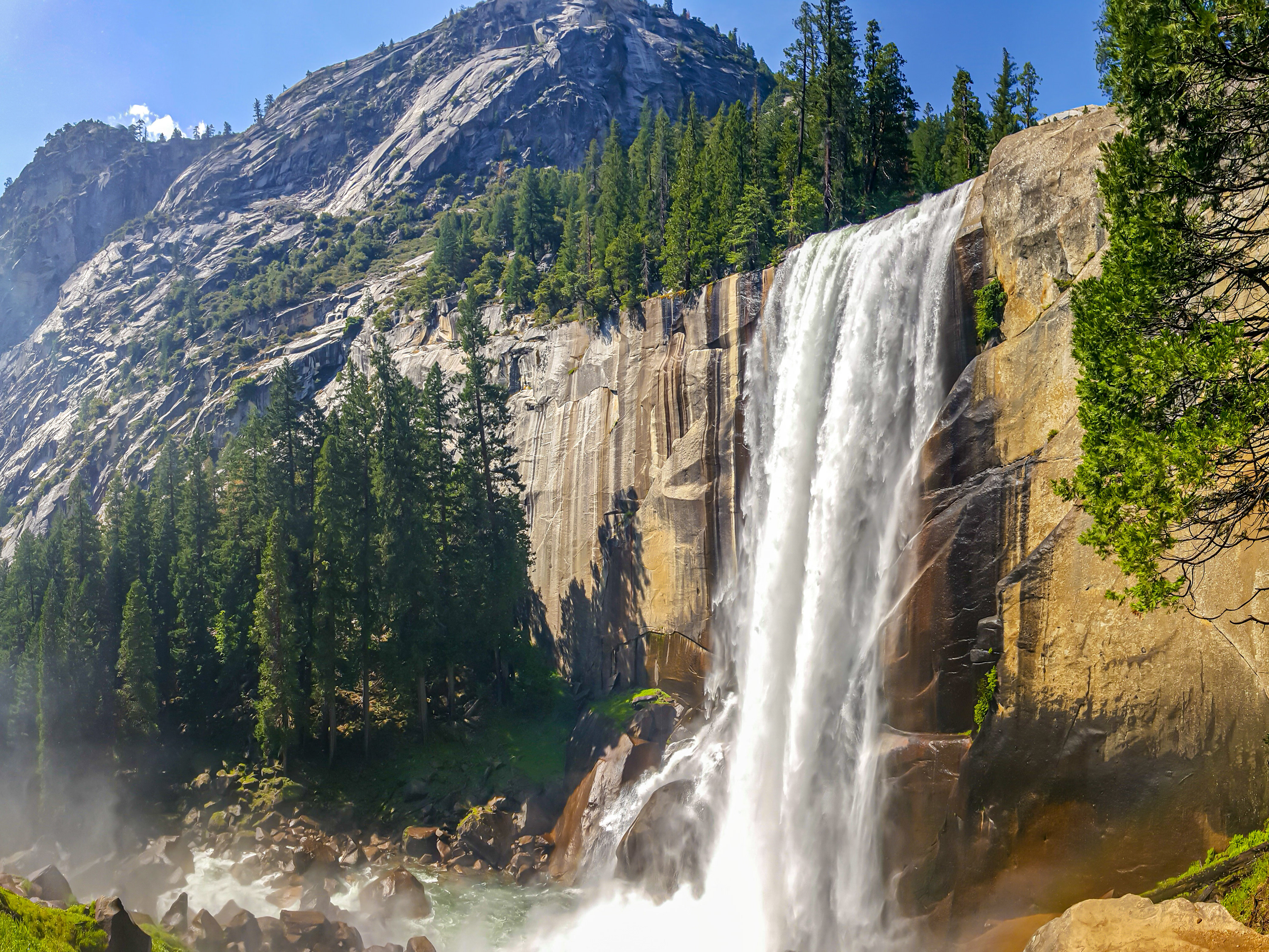Perspective Anthropomorphization
2020
While wandering through the woods and wetlands and lake shores, I often think about how the other creatures would view what I am witnessing. When a beautiful moment in nature makes us, the humans, merge into it, how does it appear to the birds, squirrels, serpents, insects, and their likes. Even if our science would understand the neurochemistry of their brain during those moments, we may never know the experiential parts of it. These thoughts often lead me to anthropomorphize their perspectives by orienting the camera in angles that are close to their viewpoints. Sometimes, the perspective in an old footage can also appear to be anthropomorphized, when looked through the filter of those thoughts. This page captures a few instances of such perspectives.
